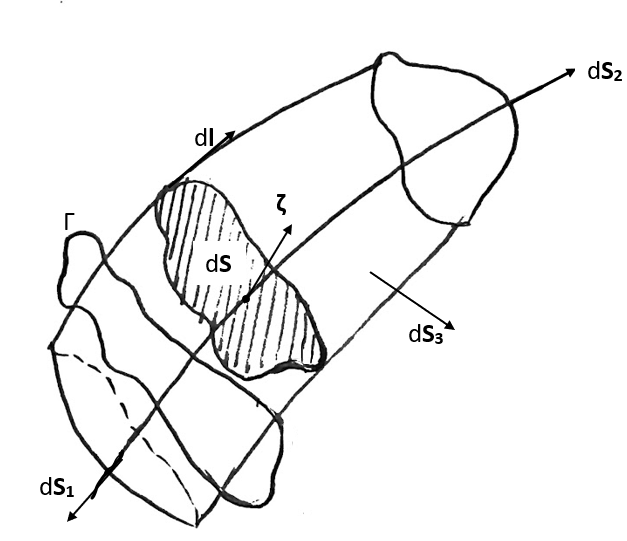Airfoil Geometry (Review)
- Leading edge
- Trailing edge
- Chord line
- Chord length (\(c\))
- Camber line
- Maximum camber
- Maximum camber distance
- Maximum thickness
- Maximum thickness distance
(The last four are all expressed as % of chord length)
Please make yourself acquainted with the symmetric as well as asymmetric NACA four digit airfoil definition. Wikipedia
Review - Airfoil Aerodynamics
A few definitions:
- Angle of attack (\(\alpha\))
-
Angle of attack of an airfoil is the angle between the free stream velocity (\(U_\infty\)) and the chord of the airfoil.
- Lift (\(L'\))
-
Component of aerodynamic force acting on the airfoil perpendicular to the freestream flow direction is called Lift. Unit is N/m.
- Drag (\(D'\))
-
Component of aerodynamic force acting on the airfoil parallel to the freestream flow direction is called Drag. Unit is N/m.
- Coefficient of Lift (\(C_l\))
-
\(\displaystyle C_l = \frac{L'}{q_\infty c}\)
- Coefficient of Drag (\(C_d\))
-
\(\displaystyle C_d = \frac{D'}{q_\infty c}\)
- Coefficient of pitching moment (\(C_m\))
-
\(\displaystyle C_m = \frac{M'}{q_\infty c^2}\)
- Aerodynamic Center (\(x_{ac}\))
-
Aerodynamic center is defined as a point about which \(C_m\) does not change with the angle of attack.
\[ \frac{\operatorname{d}C_m(x_{ac})}{\operatorname{d}\alpha} = 0\]
- Center of pressure (\(x_{cp}\))
-
The point along the chord at which \(C_m\) is zero is called the center of pressure. In general, the position of this point changes with angle of attack.
\[ C_m(x_{cp}) = 0\]
Review - Wing
- Standard coordinate system (X along \(U_\infty\) and Y along starboard wing)
- Area \(S\)
- Span \(b\)
- Chord \(c(y)\)
- Aspect ratio \(AR = b^2/S\)
- Angle of Attack \(\alpha\)
- Sideslip angle \(\beta\)
- Coefficient of Lift/Drag/Moment \(C_L, C_D, C_m\)
- Aerodynamic chord \(c_{aero}\)
- Lift (\(L\))
-
Component of aerodynamic force acting on the wing perpendicular to the freestream flow direction is called Lift. Unit is N.
- Drag (\(D'\))
-
Component of aerodynamic force acting on the wing parallel to the freestream flow direction is called Drag. Unit is N.
Finding the center of pressure and the aerodynamic center of an arbitrary wing is a complex task. Location can be easily found for some simple geometries.
Aircraft terminology
- Fuselage Reference Line (FRL)
- Aircraft degrees of freedom (roll - pitch - yaw)
- Stability surfaces (Vertical tail, Horizontal tail)
- Control surfaces (ailerons, rudder)
